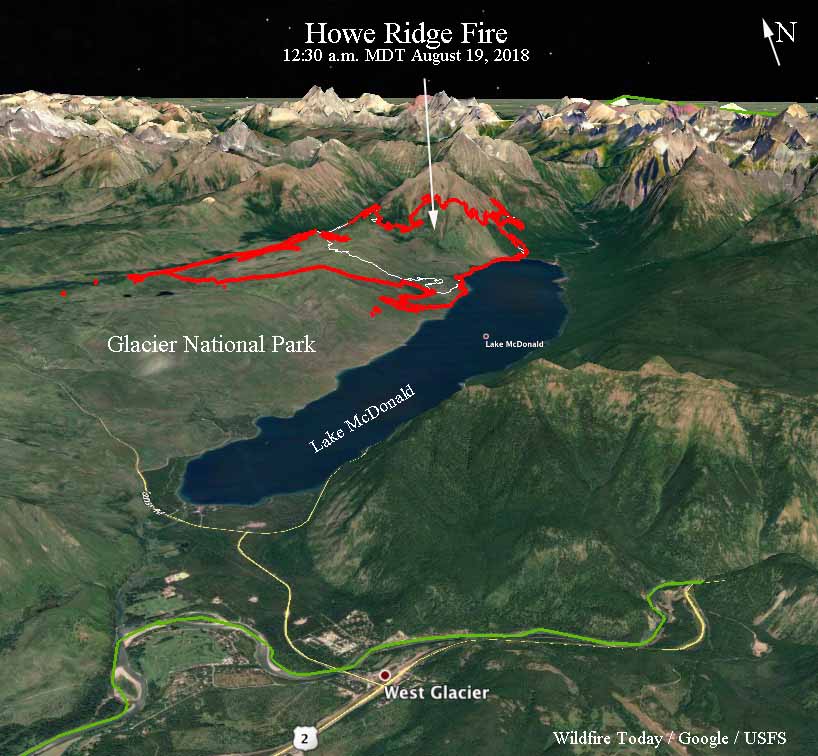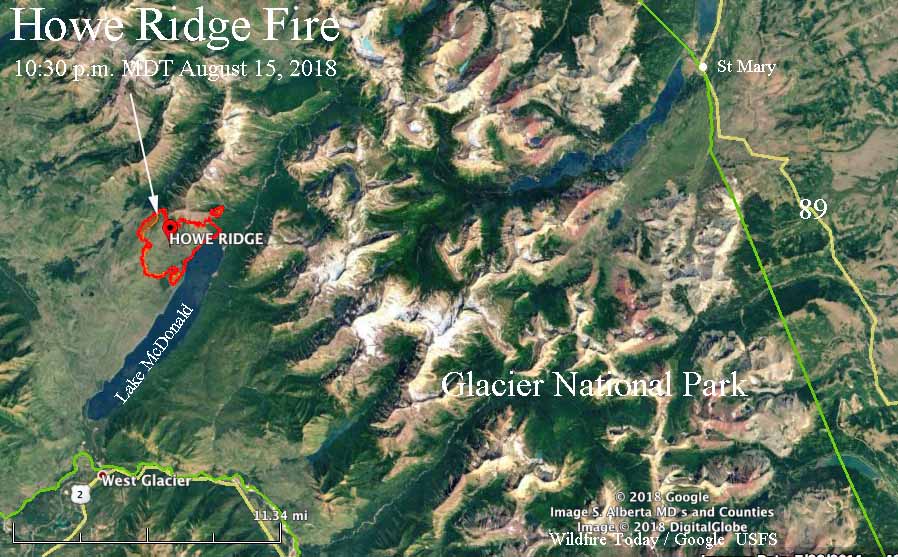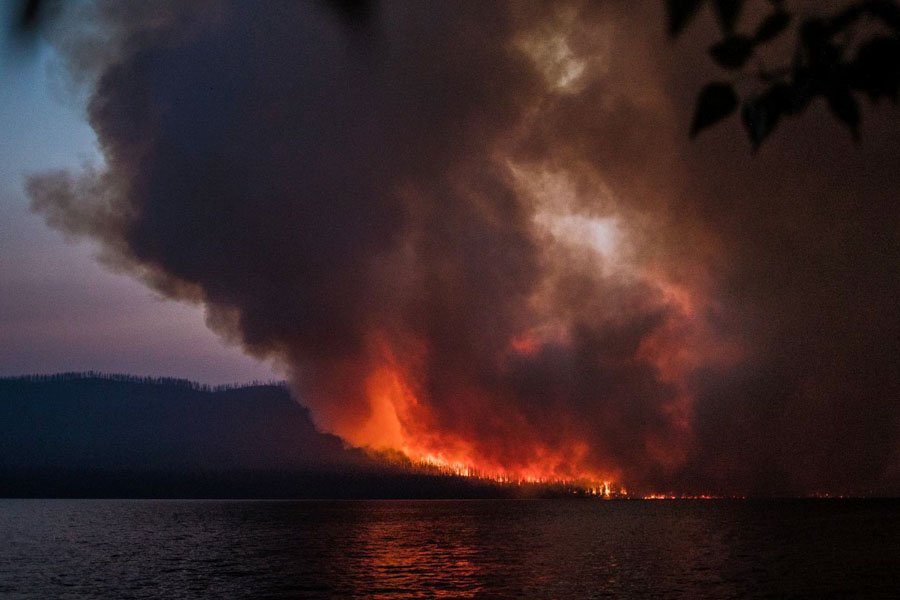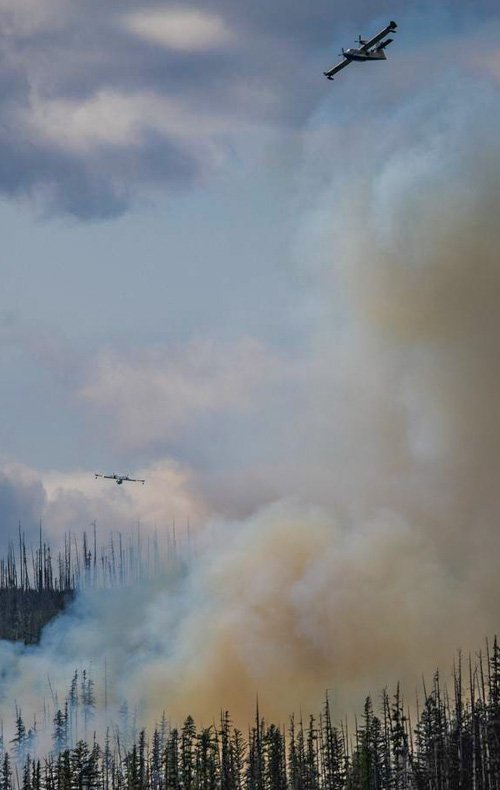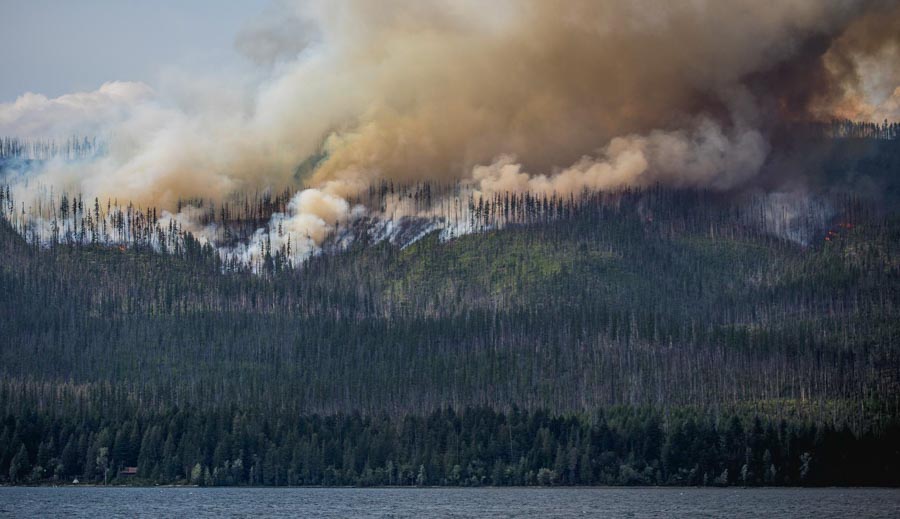
The National Park Service has released a video discussing the first 36 hours of the Howe Ridge Fire that burned over 14,000 acres in Glacier National Park in Northern Montana in August, 2018. The fire destroyed approximately 13 private homes and publicly-owned historic structures.
Below is text released by the NPS along with the video on August 1, 2019. The photos are NPS photos of the fire on flickr but no photographer credits or dates were provided.
Lakewood, CO – Today, the National Park Service (NPS) released a video documenting the first 36 hours of the Howe Ridge Fire, which took place at Glacier National Park. The fire destroyed private homes and publicly-owned historic structures on August 12, 2018.
The video documents steps firefighters took to attack the wildland fire initially, and the combination of factors that made initial attack unsuccessful. The video also documents evacuation and structural firefighting efforts.
The goal of the video is to share these efforts and raise awareness about this incident to other public land management agencies, people who visit and recreate on public lands, and residents who live in wildland fire prone areas.
Summary of Events
August 11, 2018, was a Red Flag day when a weather system moved through the region bringing little moisture and widespread lightning, 19 fires ignited across the Northern Rockies Fire Zone. Three of these fires ignited in Glacier National Park, requiring interagency fire managers to prioritize by considering values at risk. The Howe Ridge Fire was detected at 7:18 pm – all three park fires were deemed high priority fires. Firefighters caught the other two fires on initial attack due to a combination of factors, including access and weather conditions.
In the last 10 years, there were three other reported fires on Howe Ridge. Because the area is relatively close to developed infrastructure, all three fires were managed with full suppression tactics. One was suppressed at .1 acres, another at 2.3 acres, and the third was never found after the initial report. We presume that fire went out without firefighter intervention. In all cases, these previous fires were relatively straightforward to control.
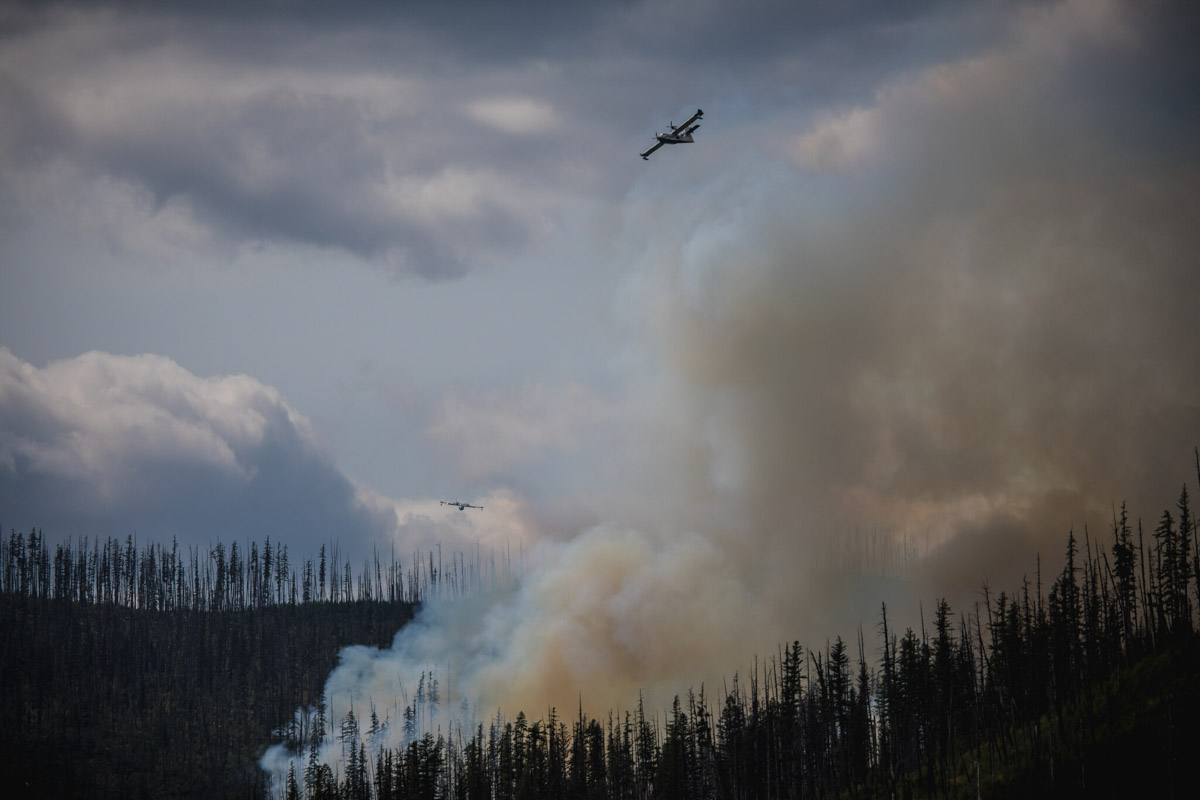
Continue reading “National Park Service releases video about the Howe Ridge Fire”


